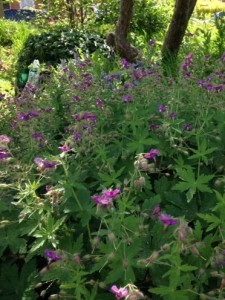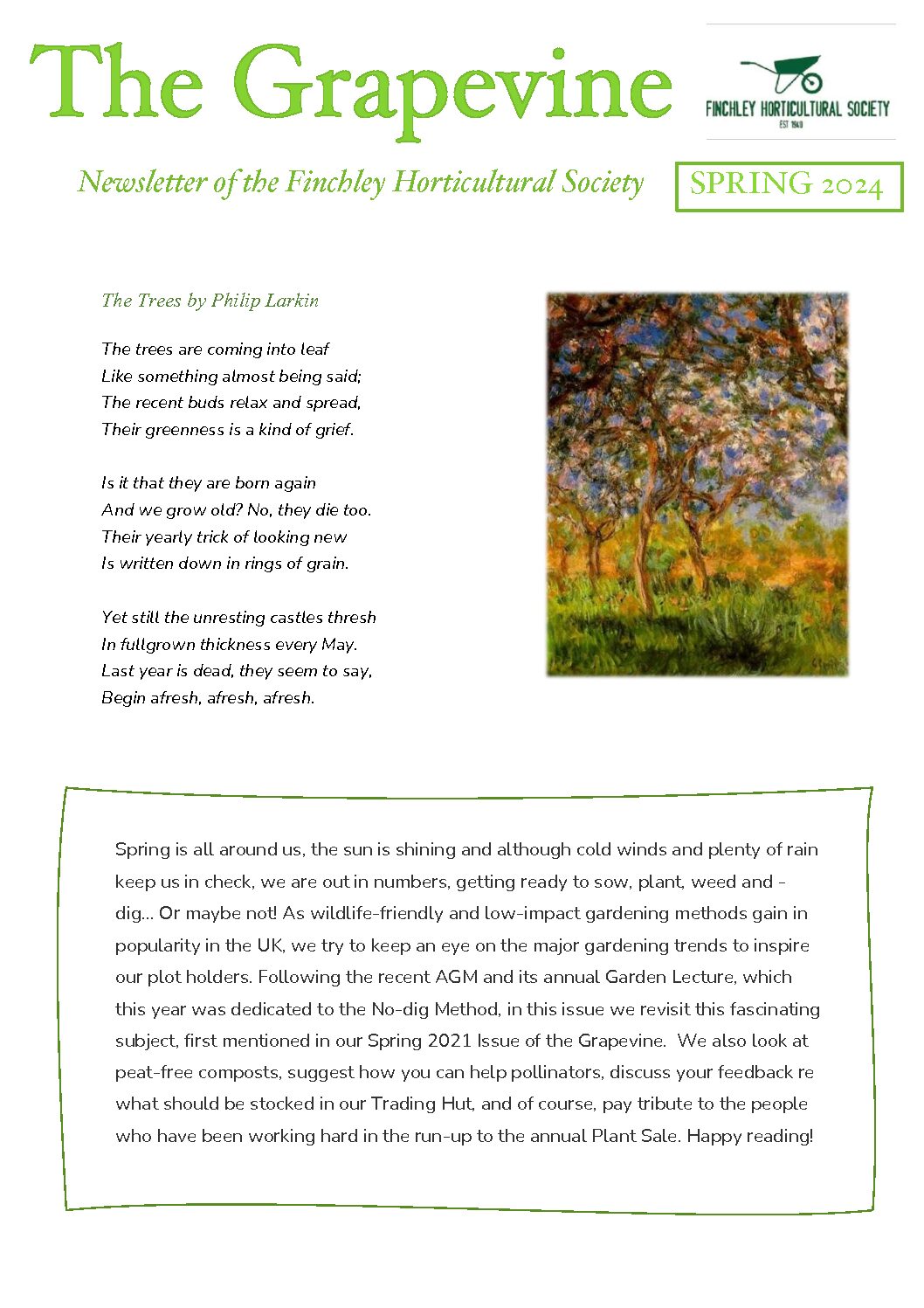Wildlife Plot (page 3)
The Wildlife Plot in May Wildlife plot newsletter

A Hidden Corner at Gordon Road Allotment
We love our allotment plots for many reasons: growing food and flowers, the exercise we get out of keeping them productive, the chance to share knowledge and of course the social aspect. But we are also creating a valuable open space for a variety of wildlife. Some plots are meticulously cared for and some are in transition. Whatever you have growing on your plot you can be sure you are helping to create an important resource for wildlife. There is one corner of the Gordon Road Allotment where a plot has been specially set aside as a home for bugs, birds and more.
It is our Wildlife Plot located at the Gordon Road end of the Allotment. The plot was the brain child of Ann Brown. Ann and her husband Andrew were active supporters of the Allotment. In 2015 they moved to Leicestershire leaving us with a great legacy to enjoy.
Ann started the Wildlife Plot over twenty years ago, putting in a log pile for sheltering insects and an old bath to provide a source of water. The plot has two magnificent apple trees and the red apples are picked every autumn to provide produce for our end of season open day. Some apples are left on the tree giving a winter source of food for birds. The plot is left to grow naturally with the occasional helping hand from members. Until recently Ray Clarke has mown the grass paths around the plot. This year Ray and his wife are moving out of London and so new help is coming on board.
Working an allotment is a regular battle between gardener and wildlife but for every pest there is likely to be a predator. Our wildlife plot aims to provide a home to a variety of creatures. The water in the old bath attracts slug eating frogs and the log pile provides shelter for slow worms, beetles and centipedes. Lacewings and ladybirds munch their way through aphids and whitefly and the blue tits and robins fly in and out winkling out the caterpillars.
There are plans to create more shelters on the plot: a wood chip pile to provide an ideal residence for stag beetles, piles of stones to give a stopover for frogs and newts and a nesting box could draw in more birds. Night scented flowers can be planted to attract pollinator insects such as bees and butterflies by day and moths by night.
So take a different route to your allotment and see if you can find take a look at the Wildlife Plot. If you would like some information on gardening for wildlife visit the website Wild About Gardens, a joint project of the Royal Horticultural Society and The Wildlife Trusts, at wildaboutgardens.org.uk/ The site is a great source of practical things to do to develop your plot or garden for wildlife. There is also an information folder on our wildlife plot in the Green Room which includes guides to wildlife and a step-by-step guide to creating your own pond.

